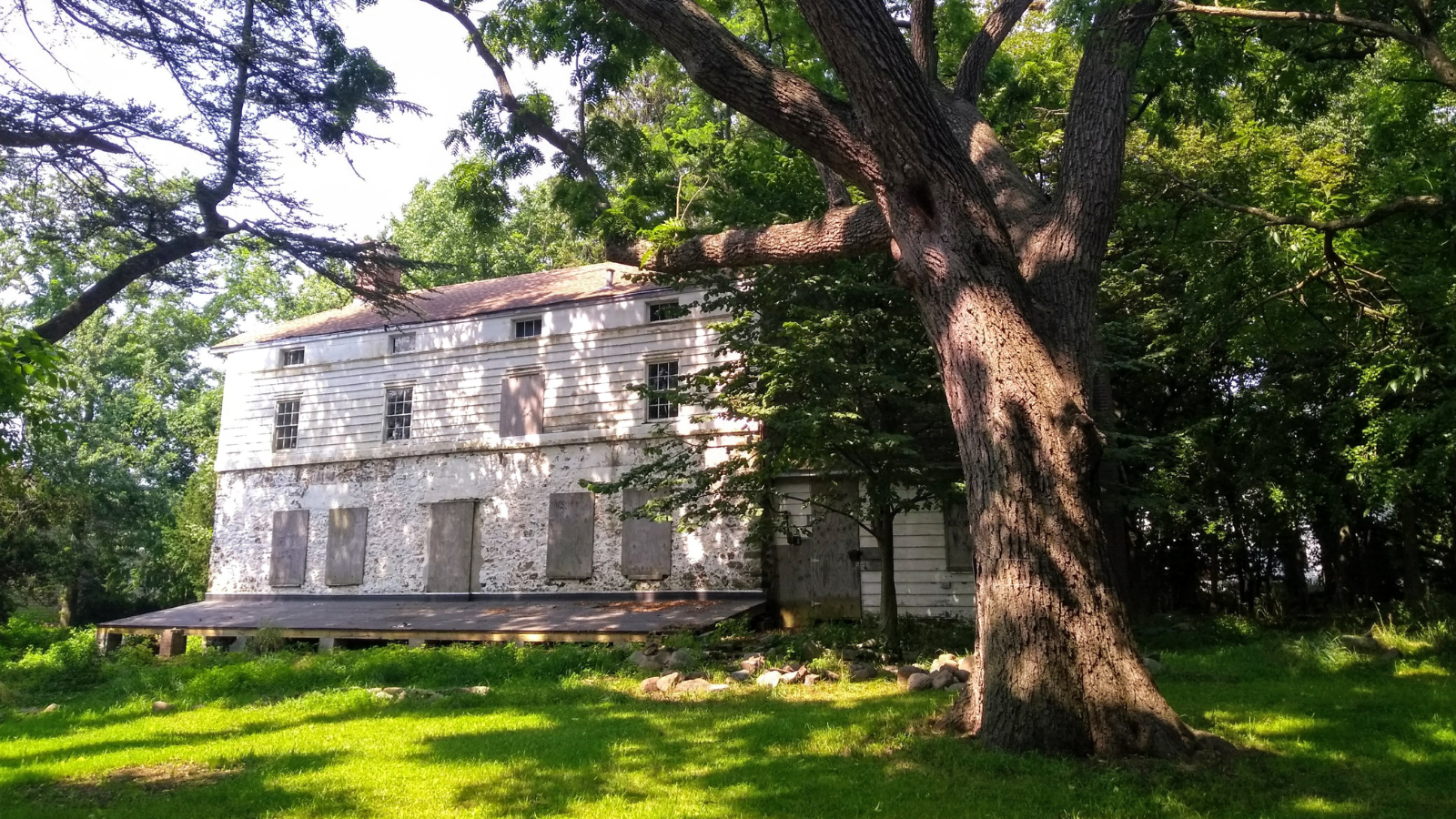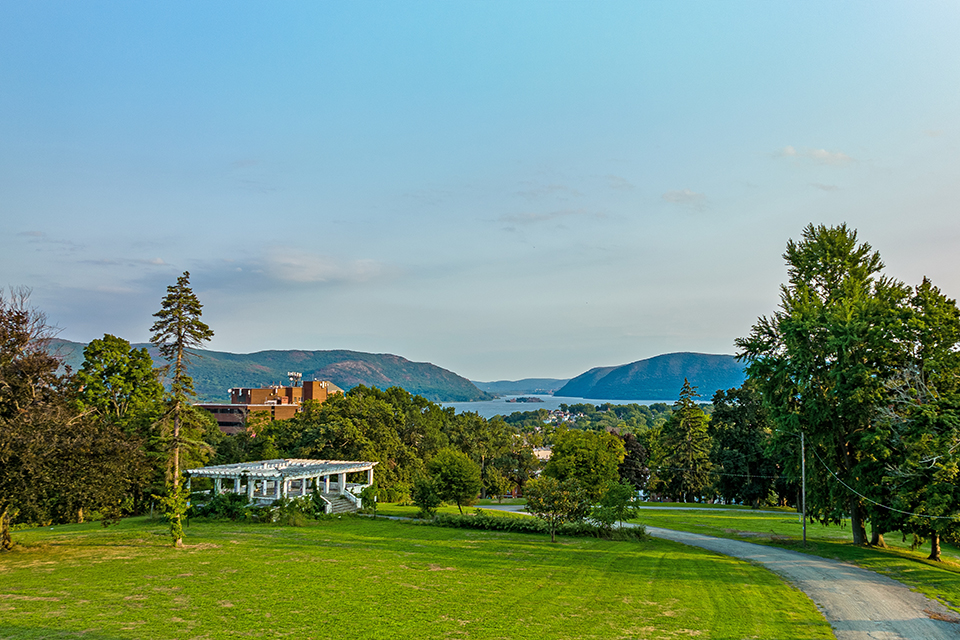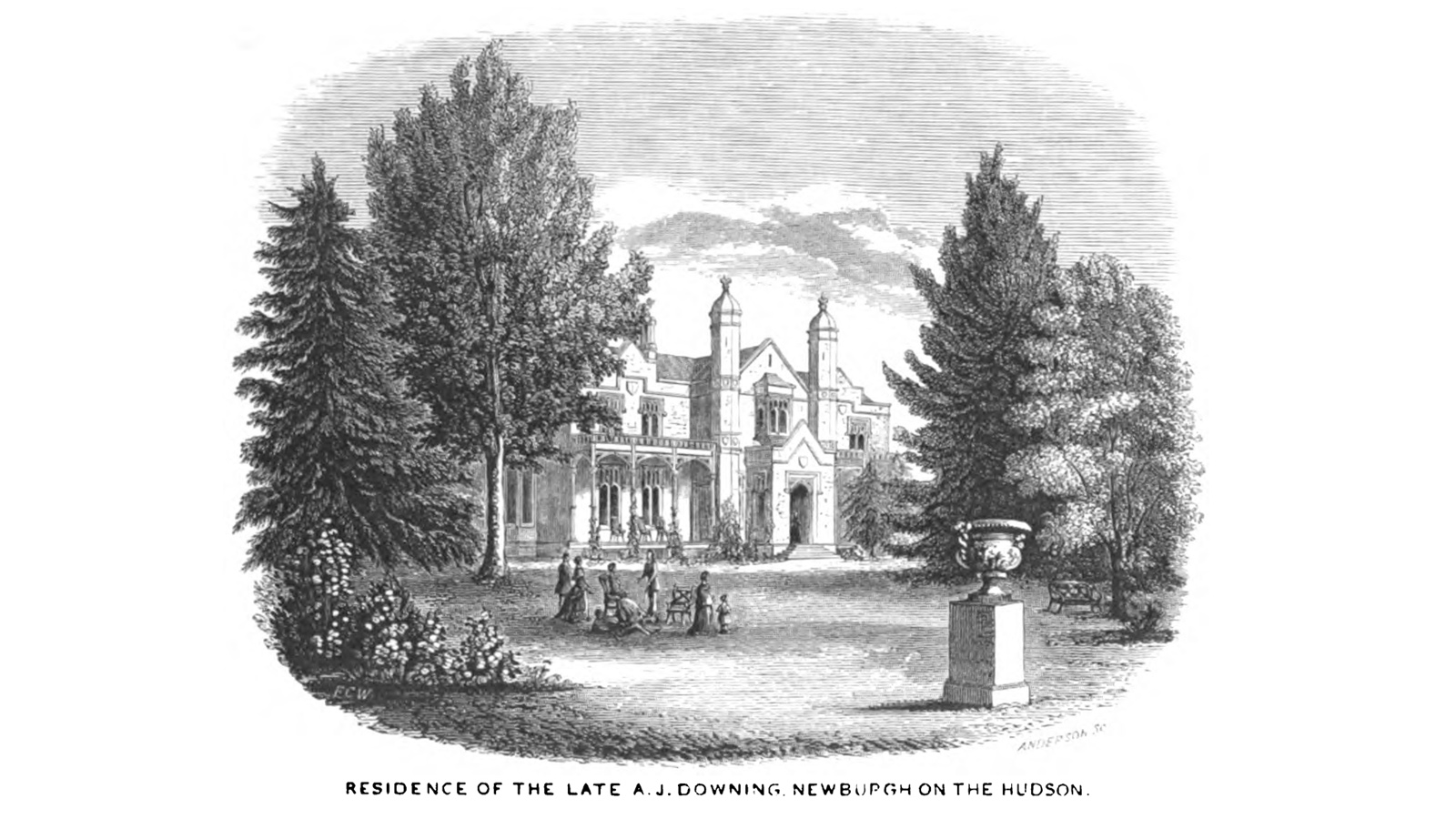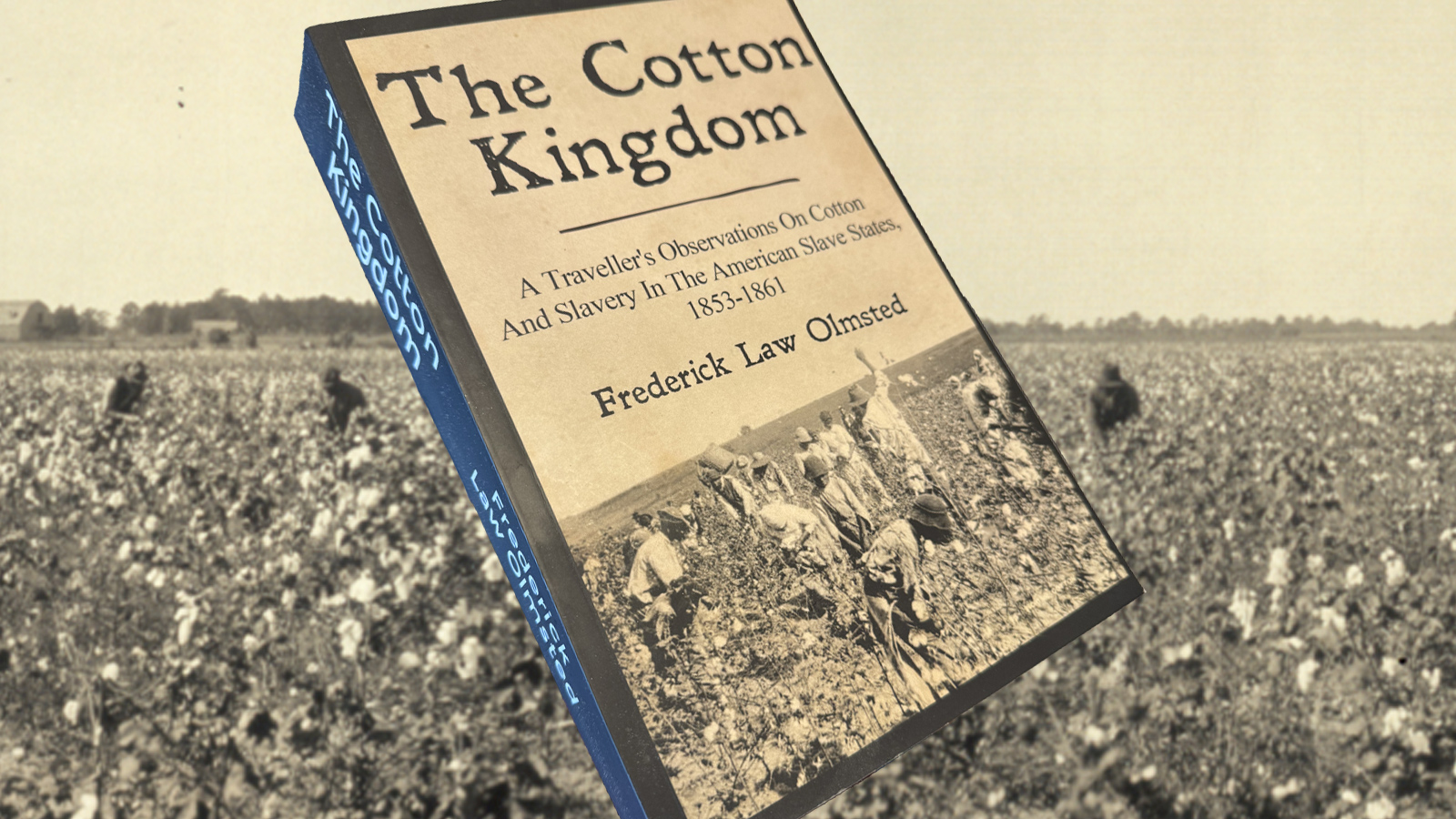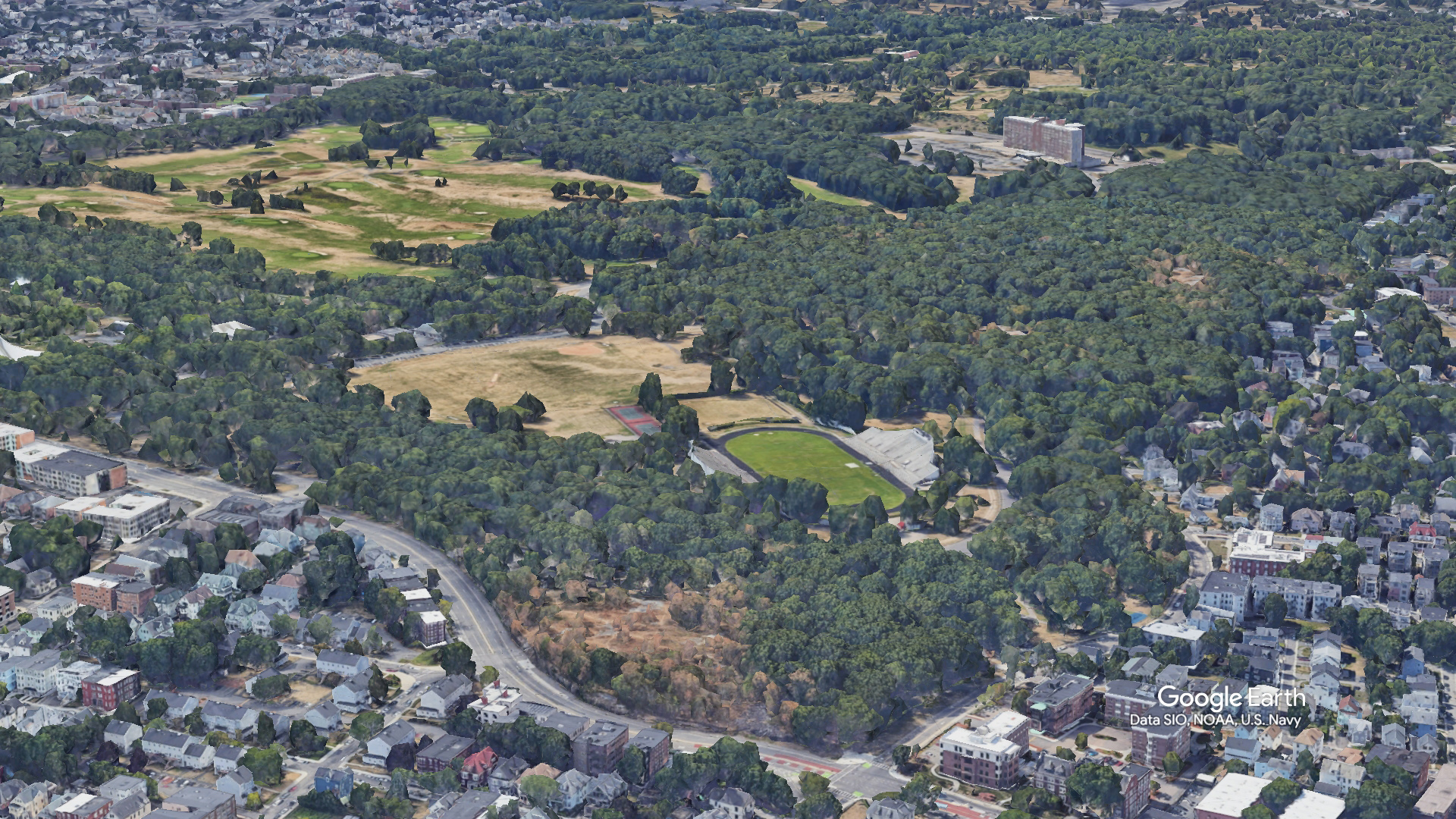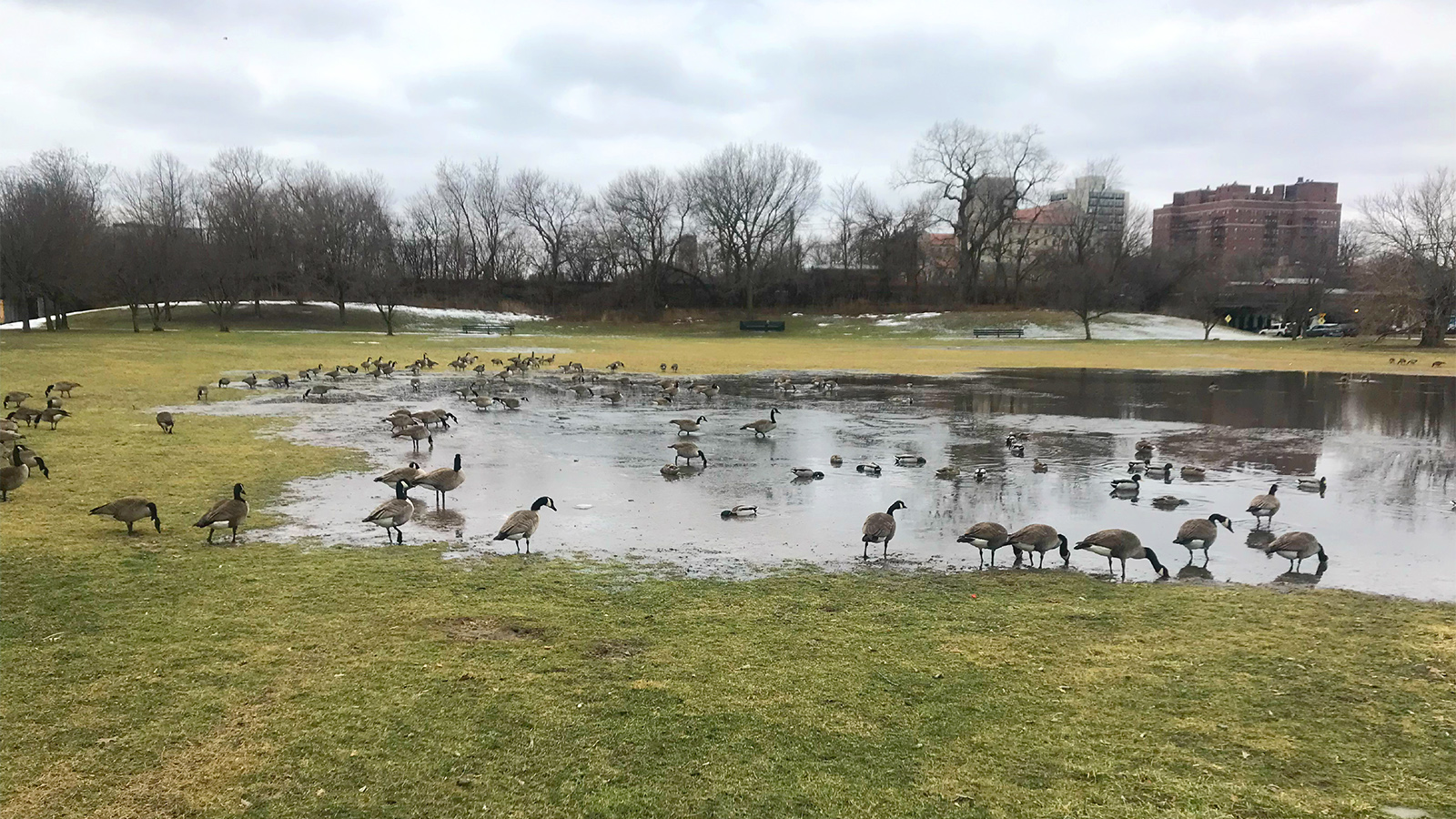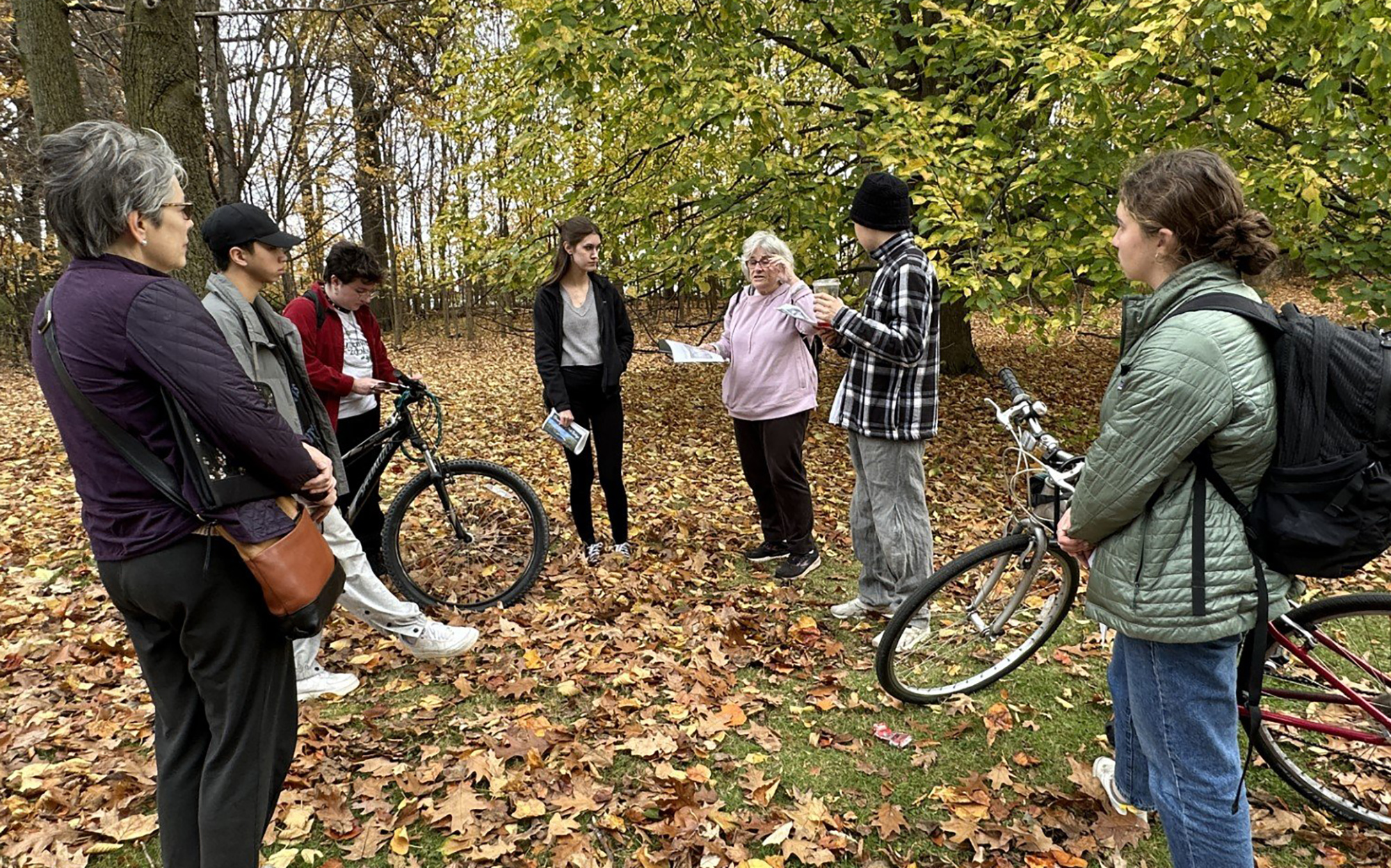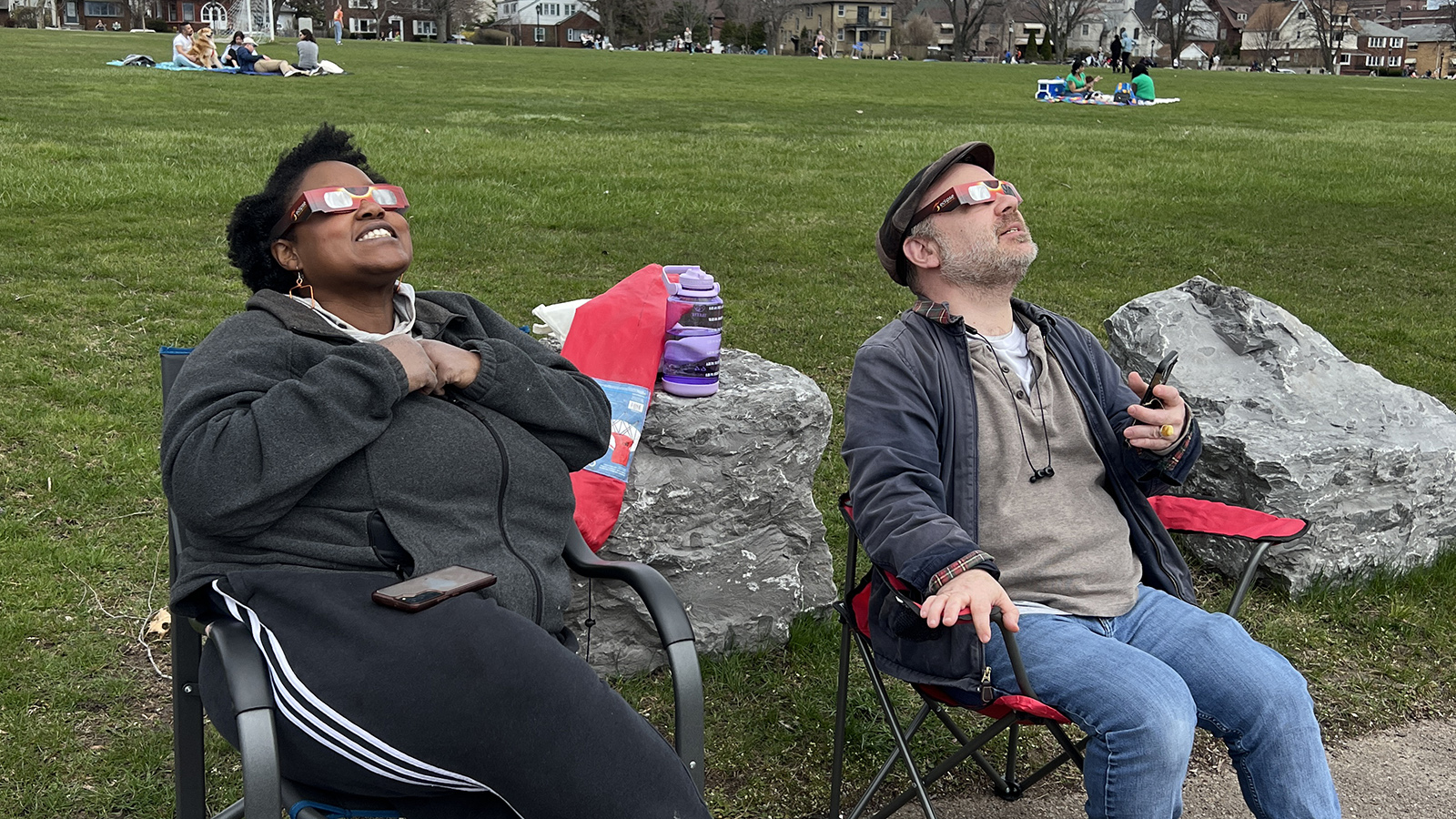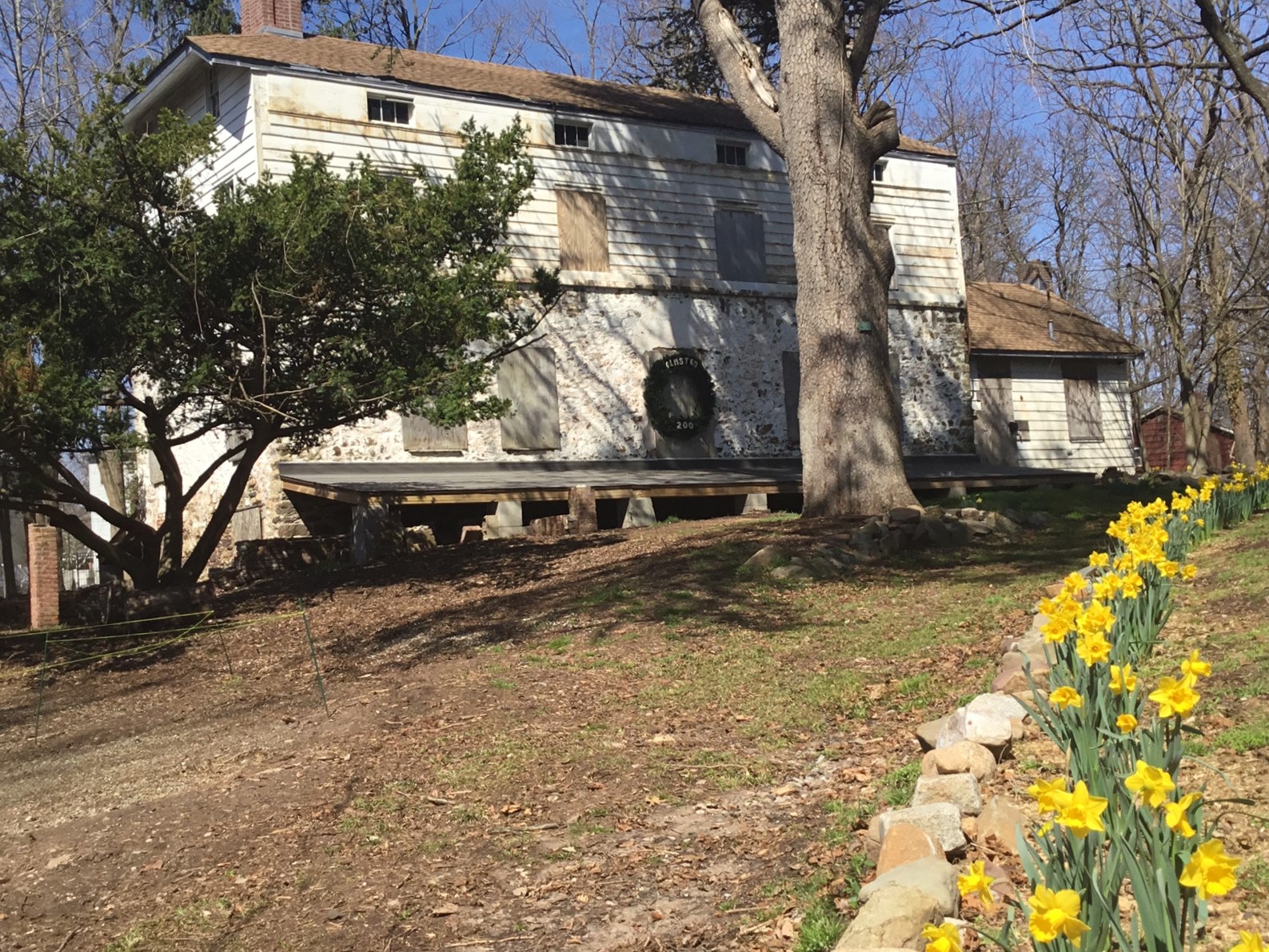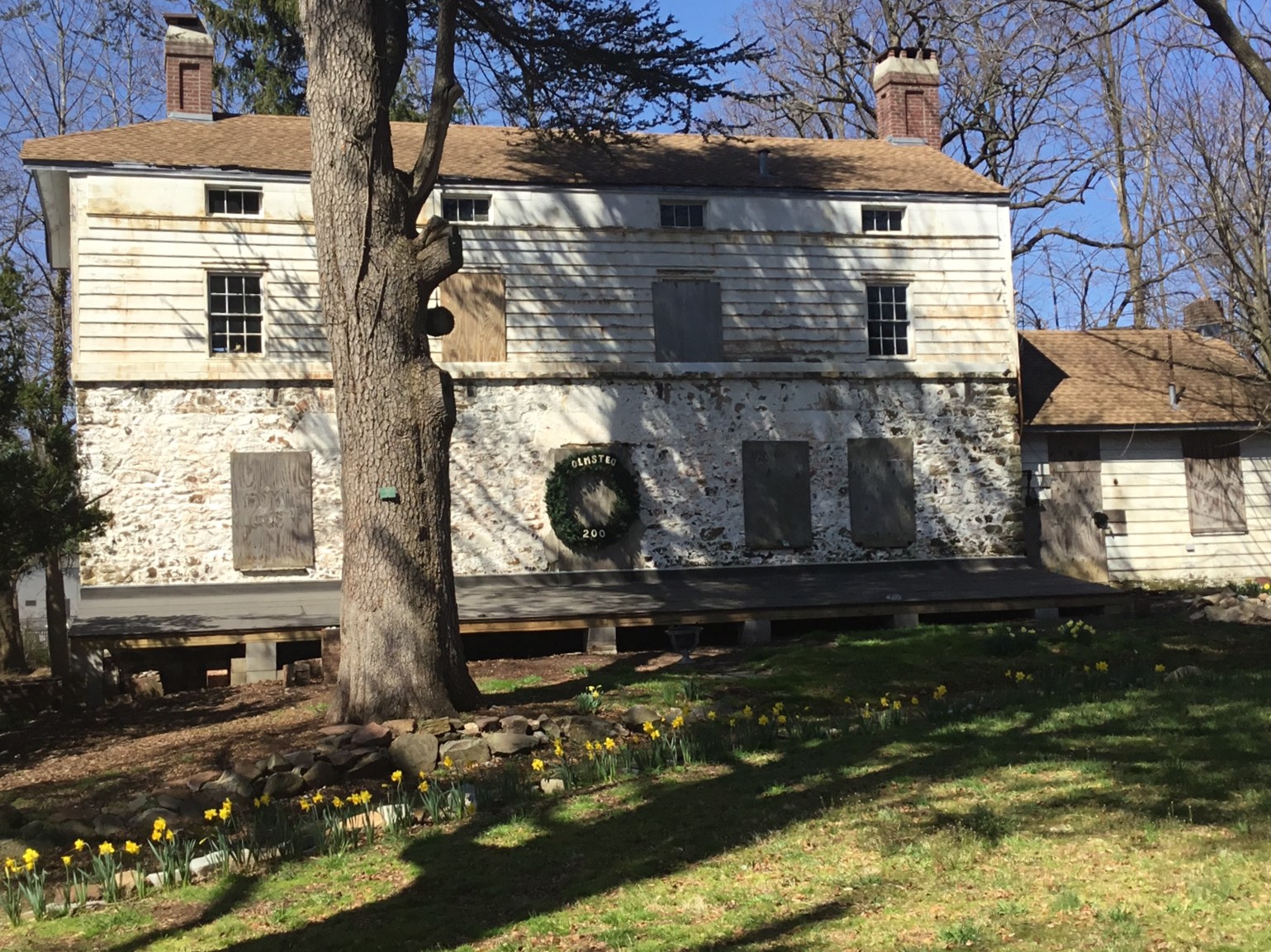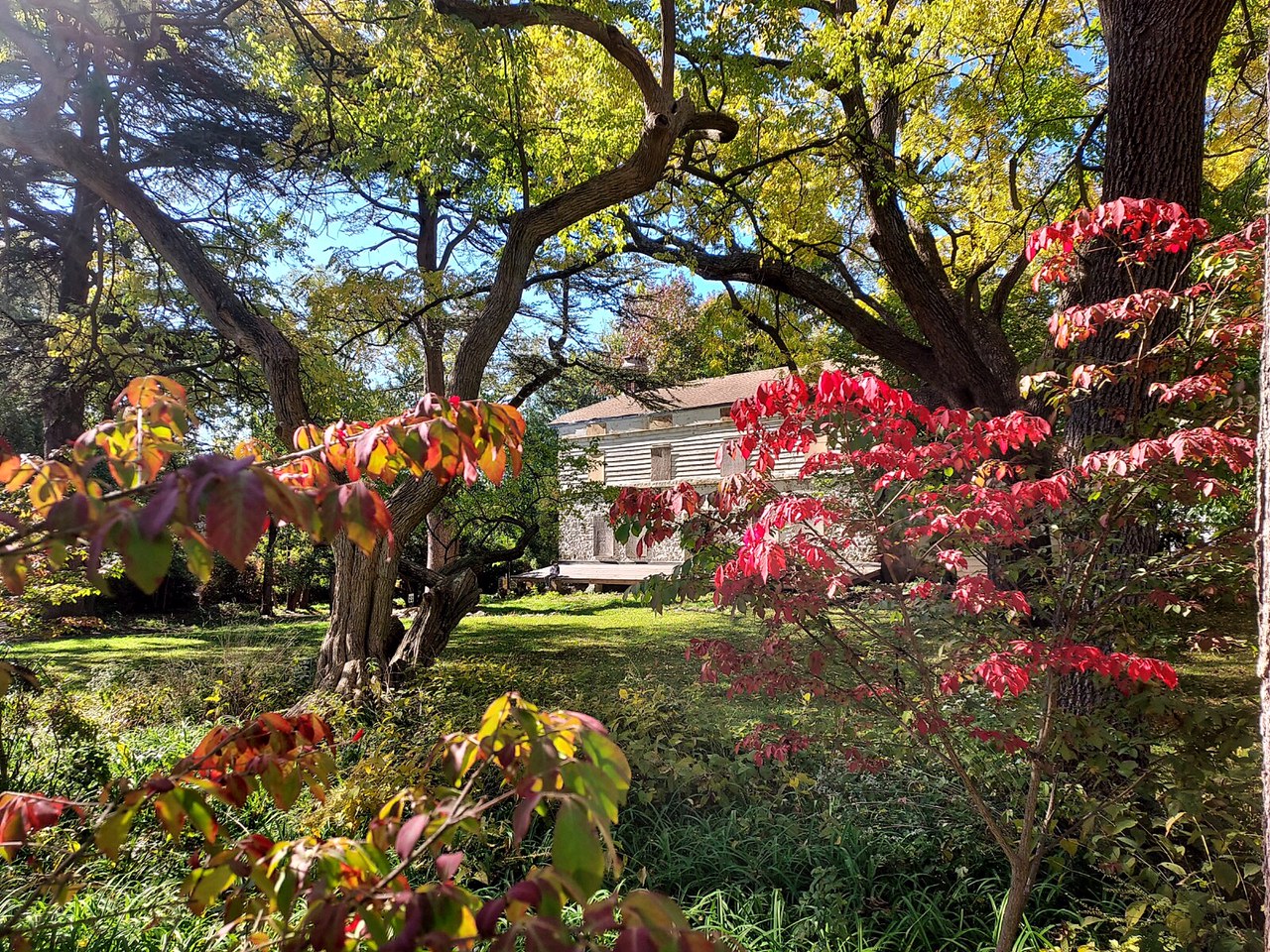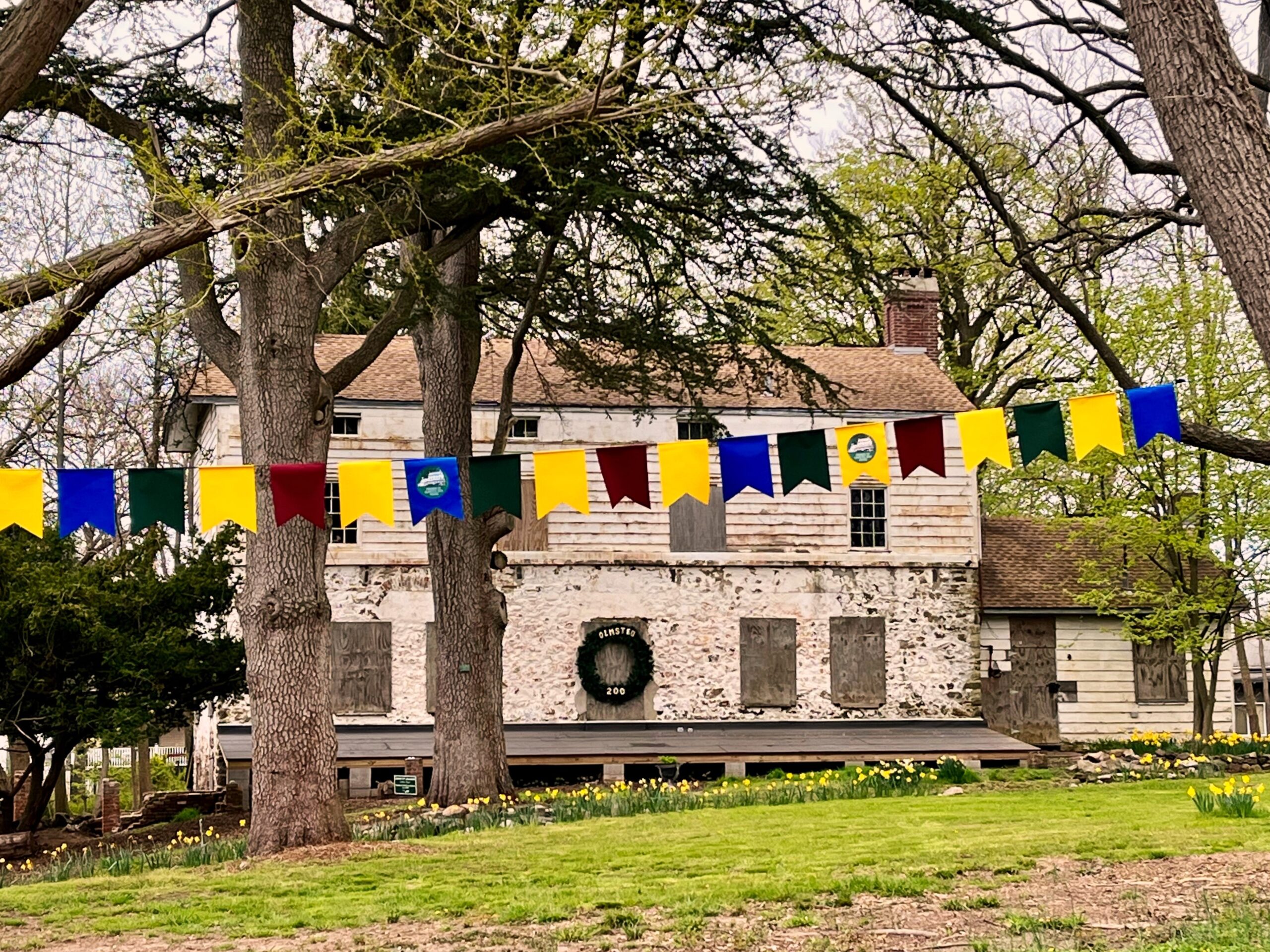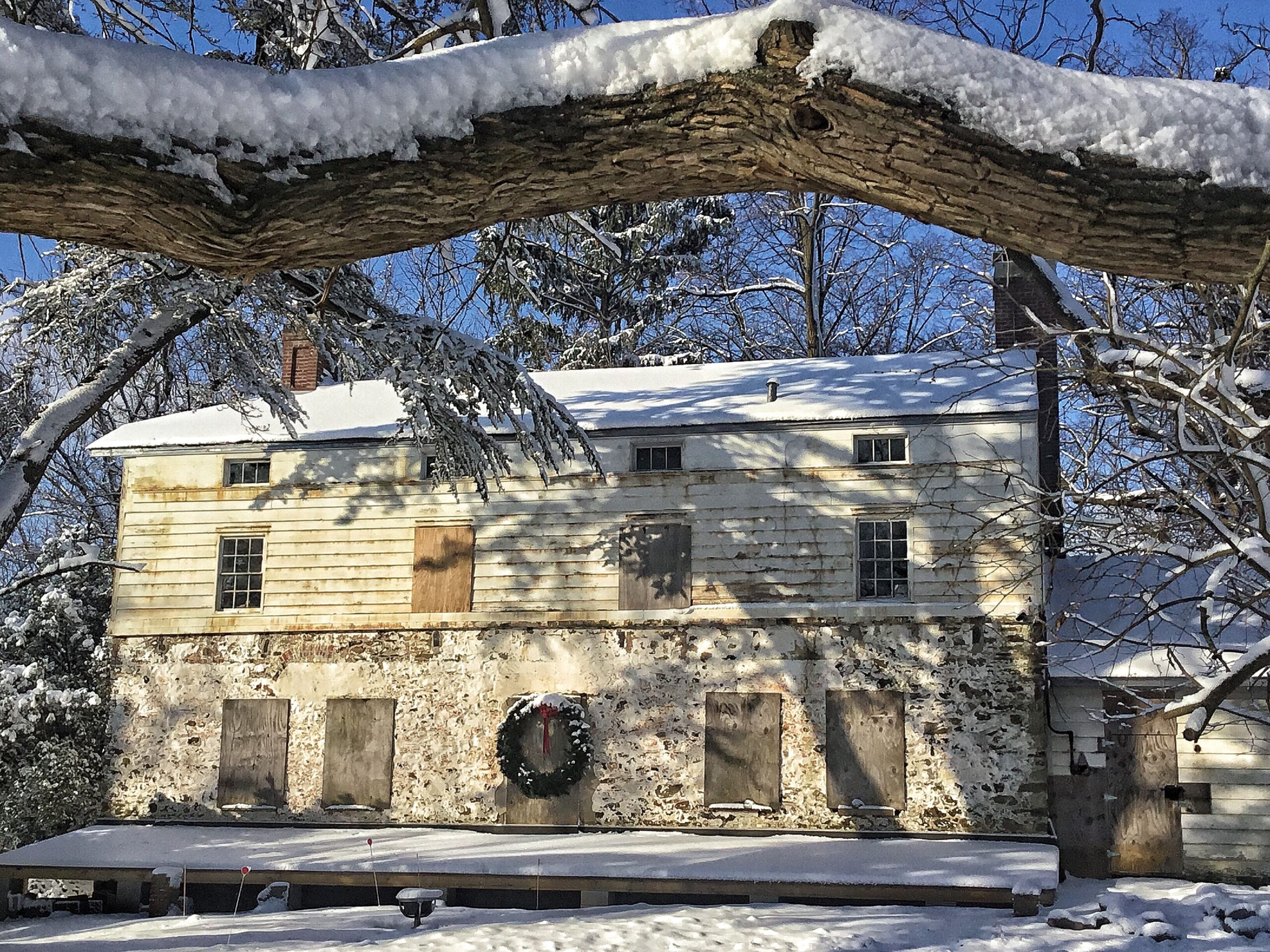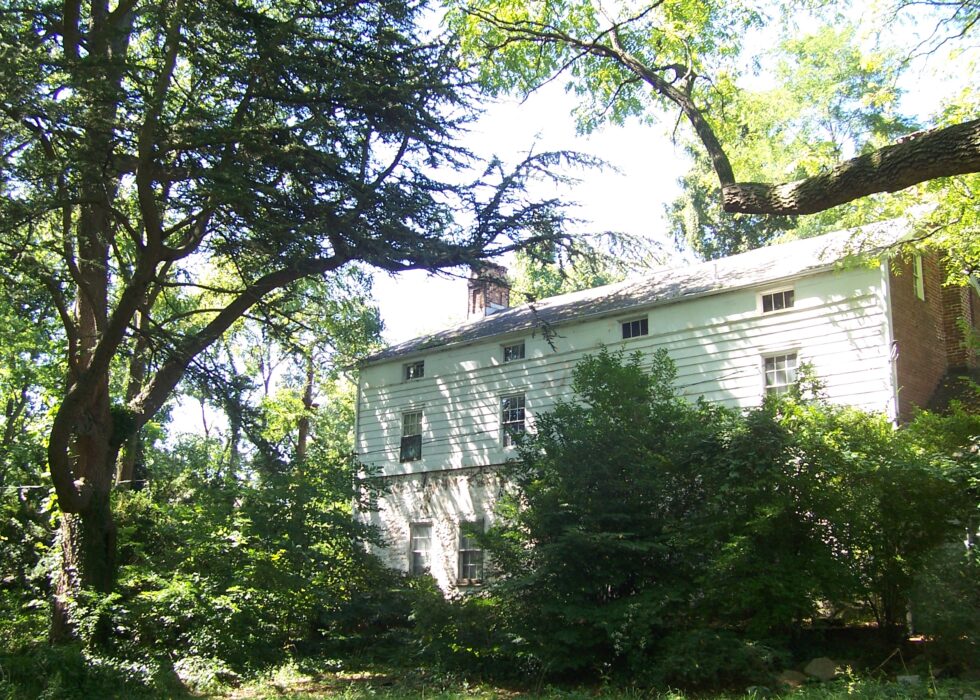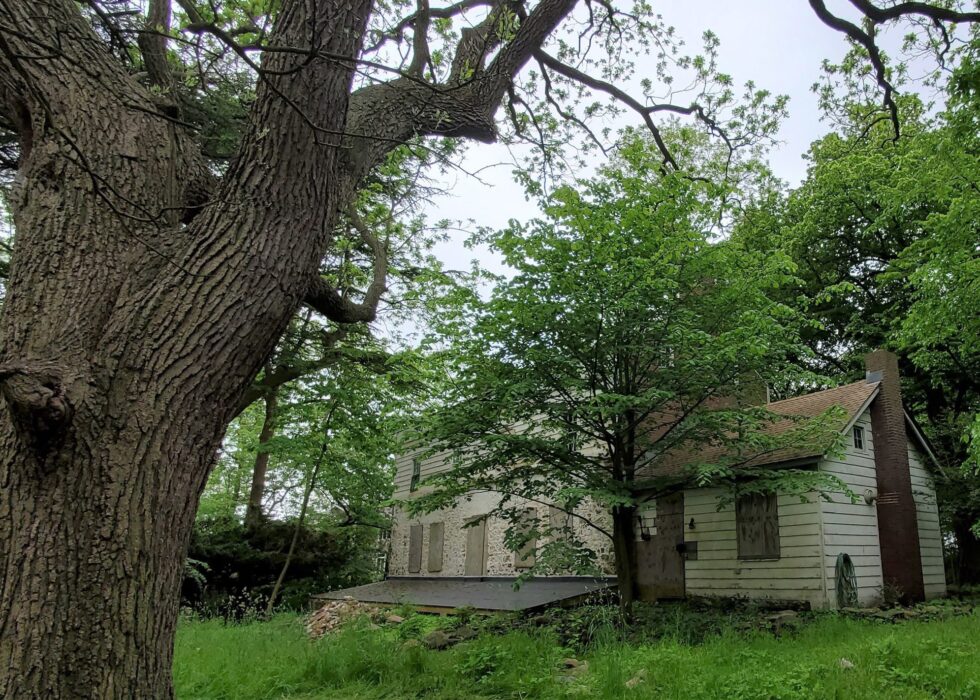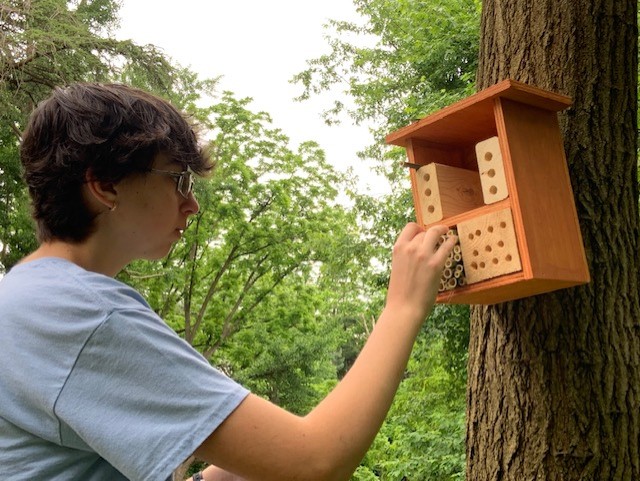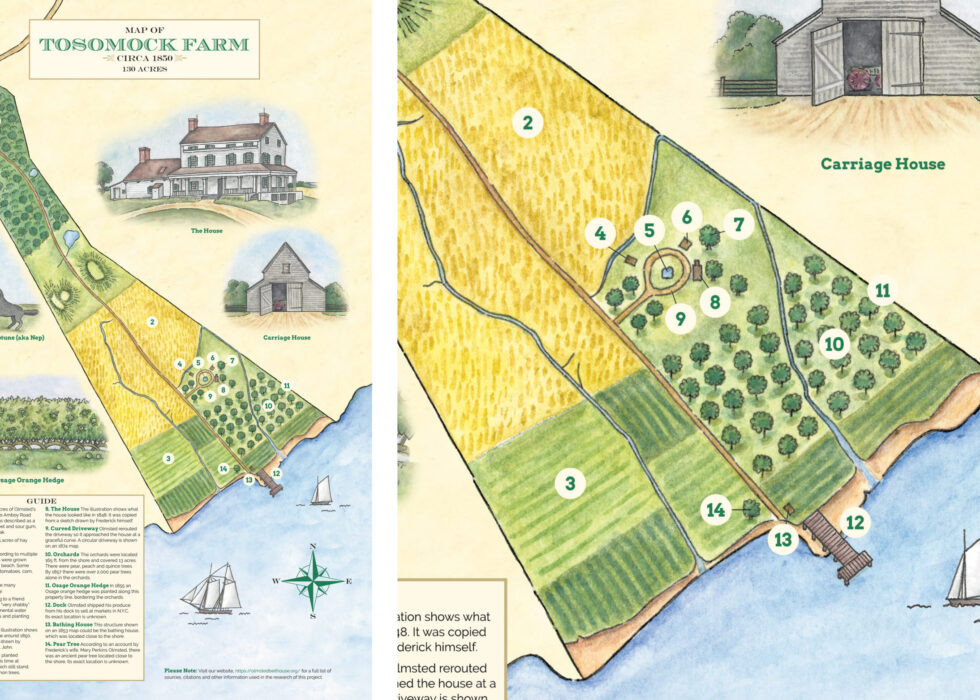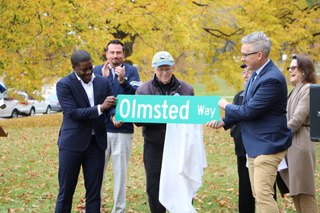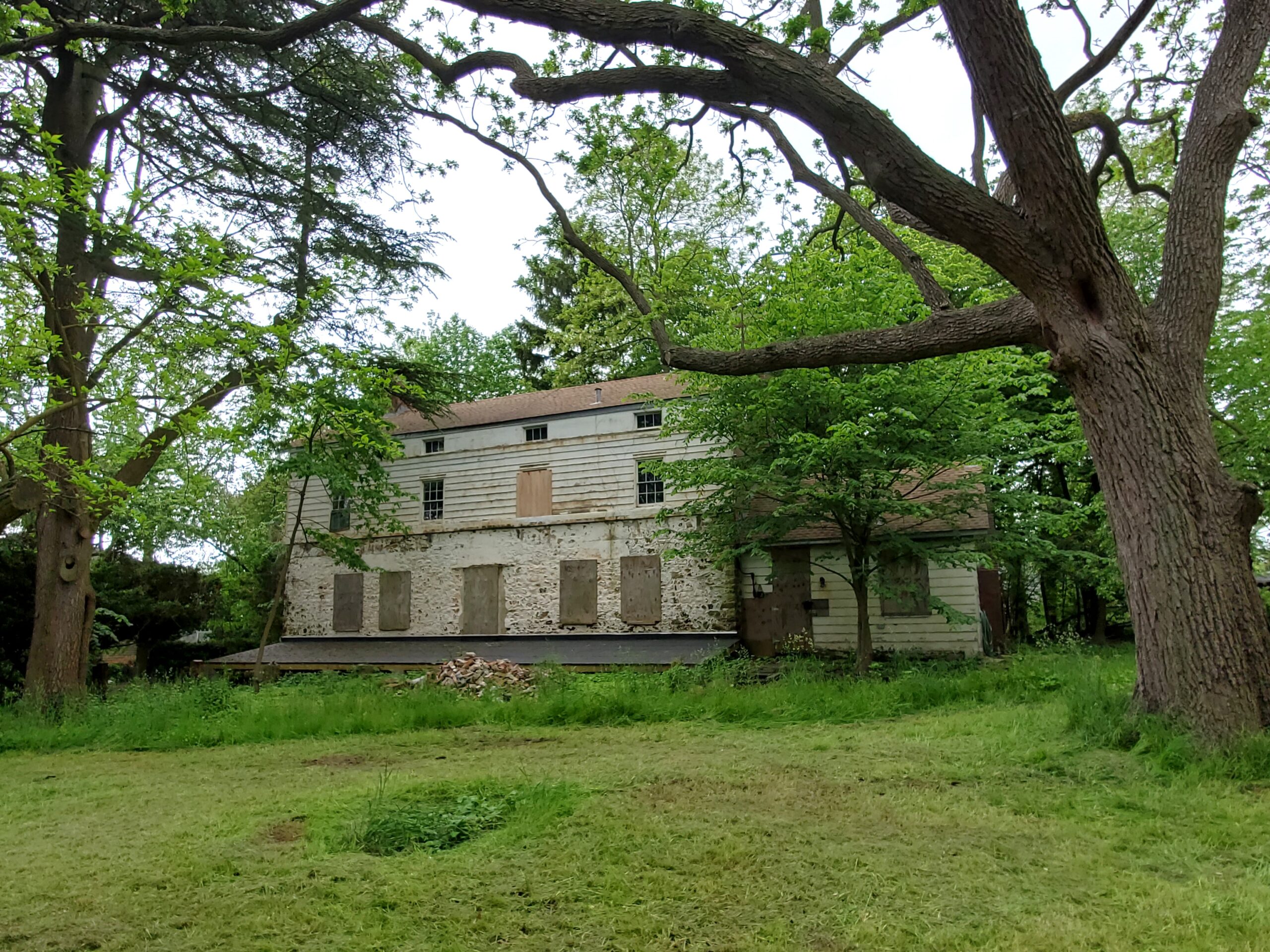
Staten Island, NY
Olmsted-Beil Farmhouse is where Frederick Law Olmsted conducted the agricultural and landscaping experiments that would later influence his designs.
About Olmsted-Beil Farmhouse
Located in Eltingville on the south shore of Staten Island, Olmsted-Beil Farmhouse is where Frederick Law Olmsted resided from 1848-1855. The site—named Tosomock Farm by Olmsted—housed his agricultural and landscaping experiments and inspired many improvements that would influence his later designs.
He redesigned the grounds to improve their aesthetics and utility, including moving structures to improve views of the nearby Raritan Bay. He created winding roads and paths, refined drainage techniques for improving sanitation and planted native and exotic trees in great numbers and variety. Some tree species he planted at the farm were featured prominently in his designs for Central Park and other spaces.
During his residency at the farm, Olmsted embarked on a trip to Europe (1850) and then on two journeys through the American South (1852–1854) to report on slavery for The New York Times. These travels resulted in Walks and Talks of an American Farmer in England (1852) and The Cotton Kingdom (1861). It has recently been substantiated in Olmsted’s letters that he wrote both books while he was living at Tosomock Farm.
In 2006, Olmsted’s farmhouse was purchased by the New York City Department of Parks & Recreation from the Beil family, and the site became part of the NYC Parks system, as Olmsted-Beil House Park. Today, the 1.7-acre site and two-story farmhouse are all that remain of the original 130-acre farm.
The house was designated a New York City Landmark in 1967. It was listed on the New York State Register of Historic Places in 2019 and the National Register of Historic Places in 2020. It is currently closed to the public while it awaits restoration.
Shared Spaces
Spotlight on...Olmsted-Beil FarmhouseMountain View Cemetery
Mountain View Cemetery was Frederick Law Olmsted’s first solo commission and the only cemetery he designed.
Palos Verdes Estates
Palos Verdes Estates is known for its luxury style and expansive views of the Pacific Ocean.



